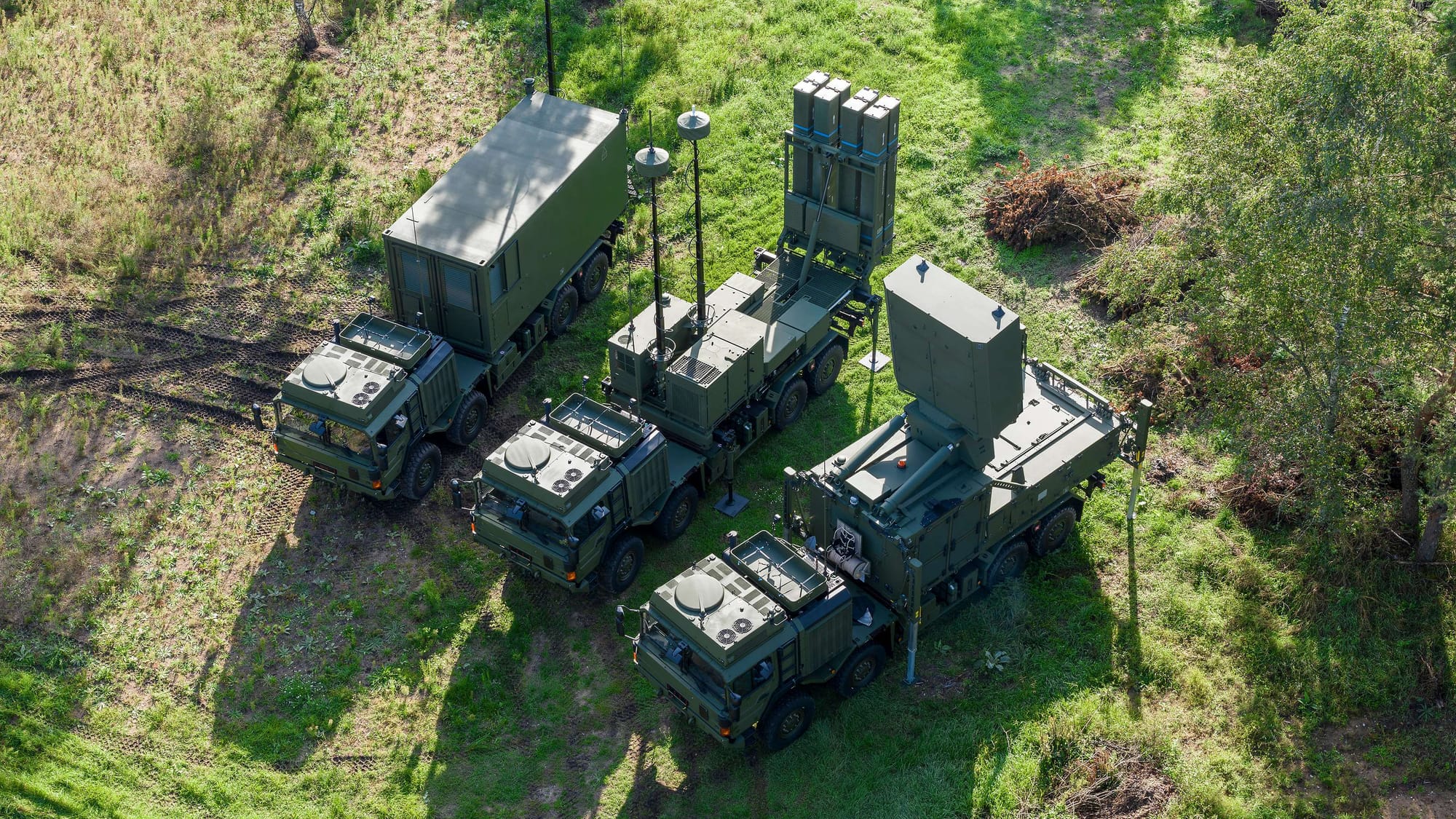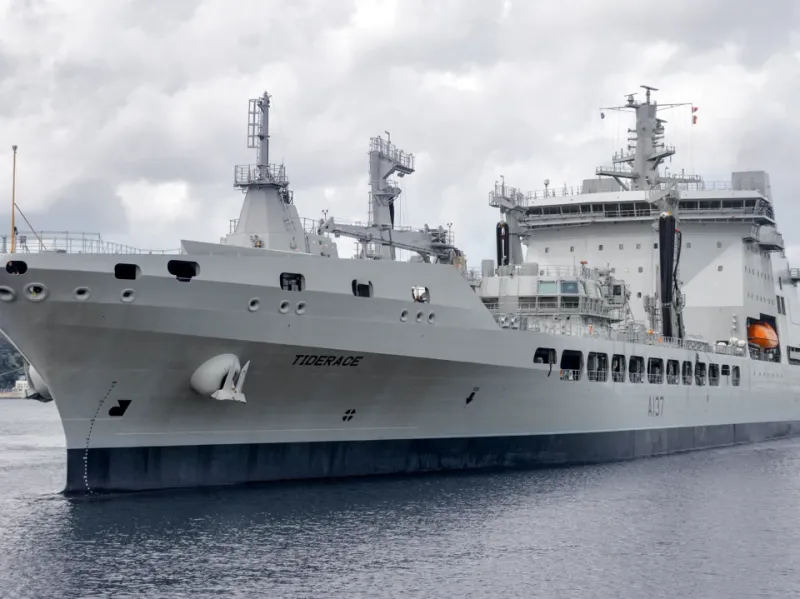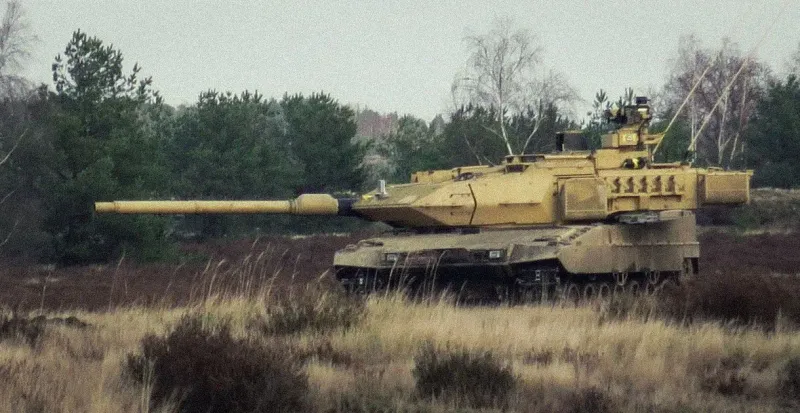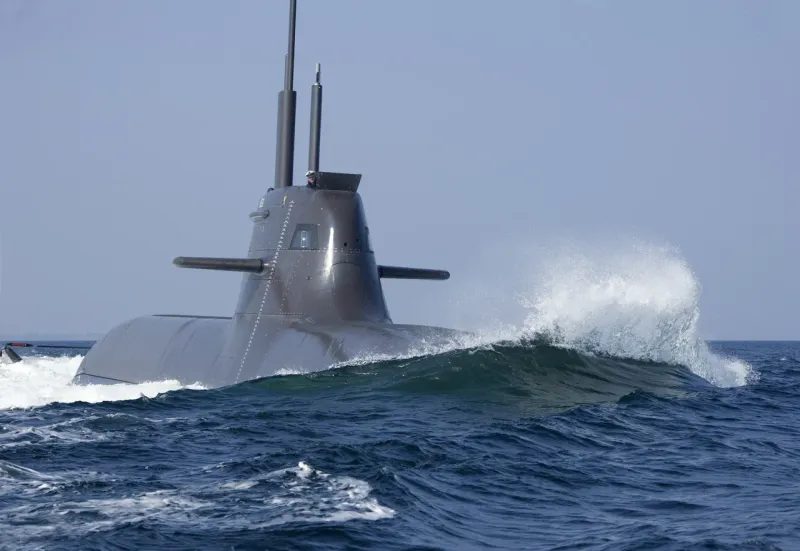Plug-and-Play Lethality: Diehl & MDSI Bring IRIS-T to Legacy NATO Jets with Platform-Agnostic Payloads
IRIS-T gets a deployment upgrade—MDSI’s decoupled system architecture puts thrust-vectoring missiles on NATO legacy era airframes like the Gripen/F-16 in weeks, not quarters.

Diehl Defence has signed a strategic integration partnership with payload innovator MDSI to expand the IRIS-T air-to-air missile's compatibility across a wider range of combat aircraft. The announcement was made at the 2025 LAAD Defence & Security Expo in Rio de Janeiro.
By leveraging MDSI’s Platform Independent Stand-Alone Payload System (PISAPS), Diehl can now offer rapid, modular integration of IRIS-T even on legacy fighter jets and unmanned platforms—without deep platform reengineering.
Now, even NATO legacy fighters near flashpoints like the Suwalki Gap can be equipped with IRIS-T in operational timelines measured in weeks, not quarters. With modest avionics adaptation—and a bit of bureaucratic goodwill—Cold War-era airframes like the MiG-29 or F-5E could technically field thrust-vectoring, off-boresight firepower once reserved for fifth-gen jets.
Platform-Independent IRIS-T Integration: Faster Fielding, Broader Reach
IRIS-T’s core strengths—thrust-vectoring, high agility, and infrared target acquisition—are now matched by increased deployment speed. MDSI’s PISAPS system simplifies integration by decoupling missile functionality from platform-specific avionics. This enables faster upgrade cycles and interoperability across mixed aircraft fleets.
“We’re enabling air forces to access the full IRIS-T capability faster, at lower cost, and on more platforms than ever before,” said Martin Walzer, Senior Manager Integration Programs at Diehl Defence.
“PISAPS removes friction from the integration process,” added Christian Steinø, CEO of MDSI. “This isn’t just an engineering solution—it’s an operational force multiplier.”
IRIS-T Operational Footprint: Multi-Platform, Multi-Theater
Fielded by 13 air forces and integrated into aircraft including the Eurofighter Typhoon, JAS 39 Gripen, F-16, EF-18, Tornado, KF-21, and F-5E, the IRIS-T remains a cornerstone short-range missile in NATO-aligned and partner arsenals. It supports off-boresight targeting, missile interception, and 360-degree engagement thanks to its vectored thrust and imaging infrared seeker.
The new integration approach enhances deployment options—supporting joint force readiness and aircraft modernization strategies without grounding assets for structural overhauls.

Mission Simulation: IRIS-T in a Baltic Flashpoint - What This Means in a Baltic Skirmish
In a Baltic flashpoint scenario—say, a no-notice scramble near the Suwalki Gap—legacy NATO fighters like the F-16 or Gripen can now launch IRIS-T missiles using MDSI’s decoupled system architecture without waiting months for avionics refits.
That means an Estonian or Polish pilot flying an older NATO-standard jet—say, an F-16MLU or even a modernized MiG-29—can fire a thrust-vectoring, off-boresight missile with near-peer lethality to a fifth-gen platform.
The caveat? The missile is only as deadly as the platform's sensors and targeting will allow. But in close-range air combat, where reaction time matters more than stealth or data fusion, that gap shrinks fast
The result? Coalition response times shrink. Mixed-fleet lethality rises. And Moscow’s radar operators get real twitchy, real fast.
Map of NATO's northeastern flank highlighting Poland, Lithuania, and surrounding countries. A red dashed flight path crosses the Suwalki Gap region, illustrating a hypothetical air intercept or missile deployment route in a Baltic conflict scenario.

Diehl’s Airpower Portfolio: From IRIS-T to SPICE-250
The IRIS-T enhancement is part of Diehl’s wider investment in adaptable, multi-role munitions. Key developments include:
- Mk-83 Trojan Improved Penetrator – Bunker-penetrating guided munition based on the Mk-83 bomb, optimized for hardened target engagement. Bundeswehr deliveries begin 2024.
- SPICE-250 – EO/IIR-guided munition with in-flight target updates and a 150 km range. Produced under license from Rafael and optimized for precision strikes in contested or GPS-denied environments.
- AIM-9 Sidewinder (AIM-9L/I-1 variant) – Produced by Diehl under license, the Sidewinder remains an active part of NATO short-range air combat capabilities, with over 40,000 units delivered worldwide.
Outlook: Modularity as a Force Doctrine
With growing demand for fast, cost-effective missile integration across aging and hybrid fleets, Diehl’s alignment with MDSI reflects a larger shift: modularity as strategy. The ability to adapt high-end weapons across airframes—regardless of age or origin—is becoming as critical as the missiles themselves.
Diehl isn’t just producing guided weapons. It’s enabling plug-and-play lethality for the next phase of coalition airpower.
Together, these systems position Diehl not just as a missile house—but as a strategic enabler of modular, adaptable, and multi-domain firepower for modern air forces.







